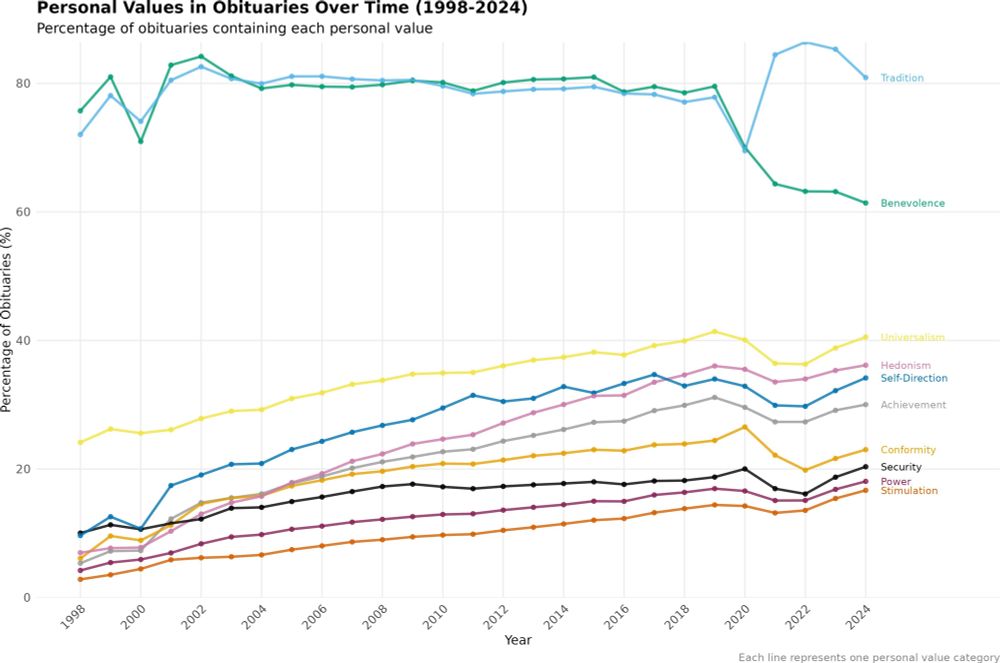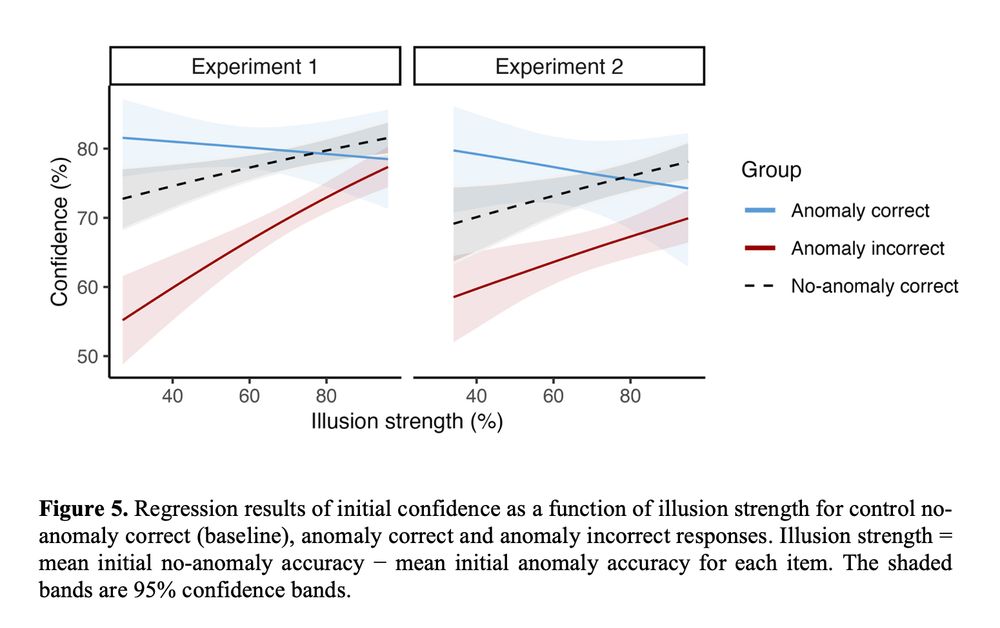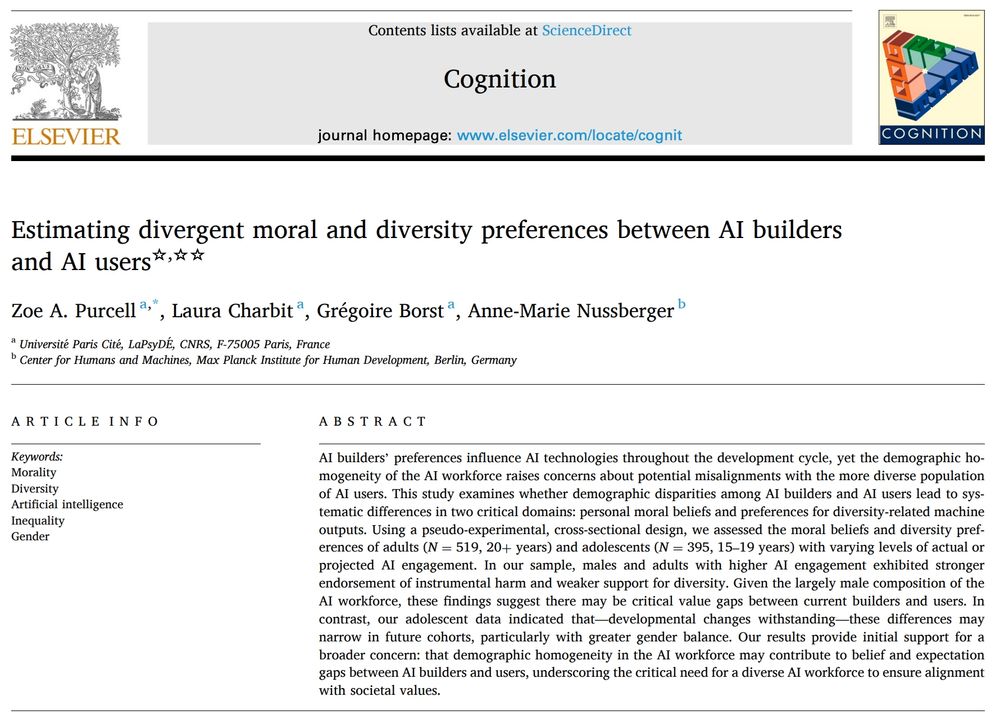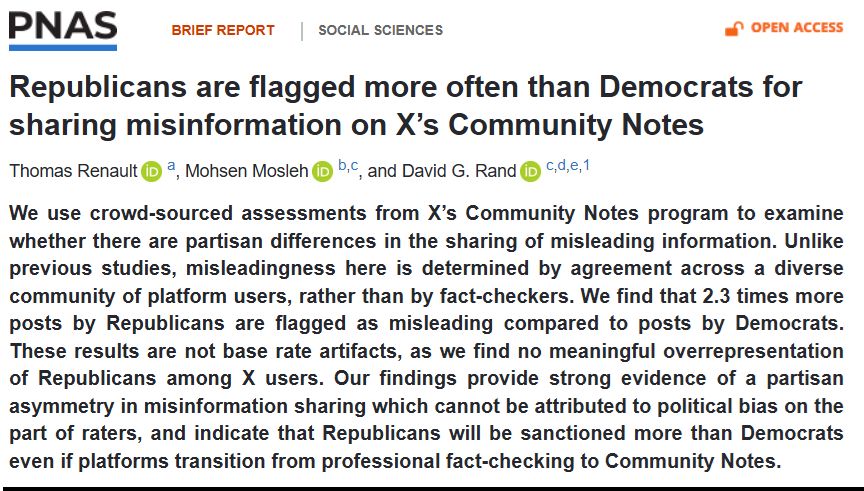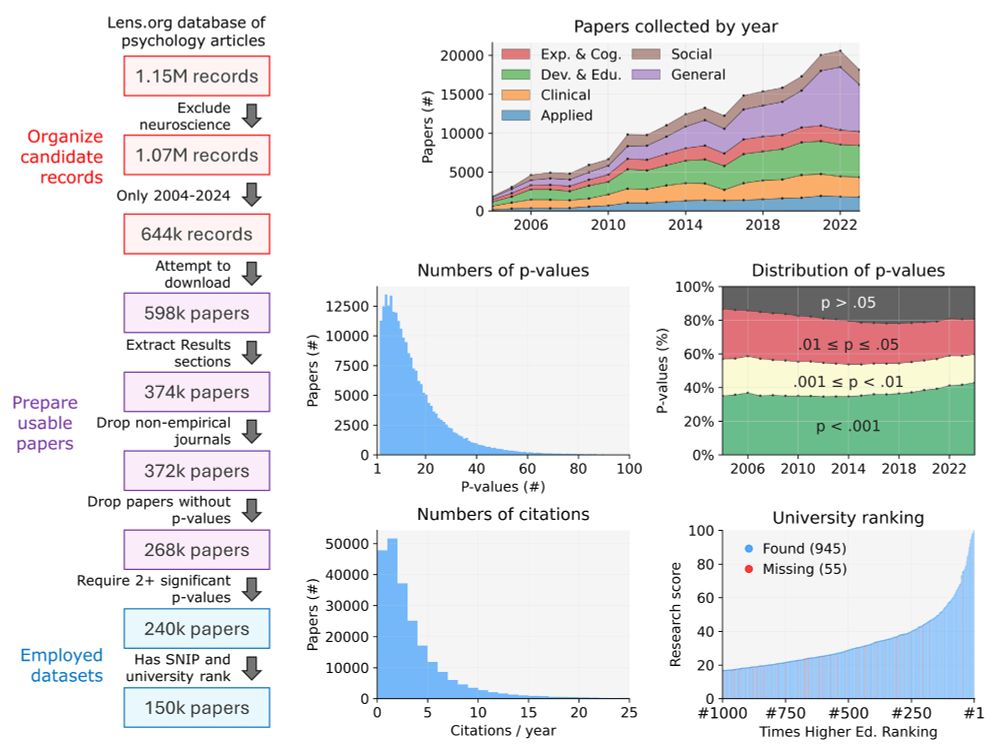Jérémie Beucler
@jeremiebeucler.bsky.social
140 followers
490 following
13 posts
PhD student with Wim de Neys & Lucie Charles at LaPsyDE; MSc in Cog Sciences at ENS - interested in reasoning & metacognition
https://jeremie-beucler.github.io/
Posts
Media
Videos
Starter Packs
Pinned
Reposted by Jérémie Beucler
Reposted by Jérémie Beucler
Reposted by Jérémie Beucler
Reposted by Jérémie Beucler
Reposted by Jérémie Beucler
Reposted by Jérémie Beucler
Reposted by Jérémie Beucler
Reposted by Jérémie Beucler
Reposted by Jérémie Beucler
Reposted by Jérémie Beucler
Reposted by Jérémie Beucler
Reposted by Jérémie Beucler
Reposted by Jérémie Beucler
Stephan Lewandowsky
@lewan.bsky.social
· Apr 10




